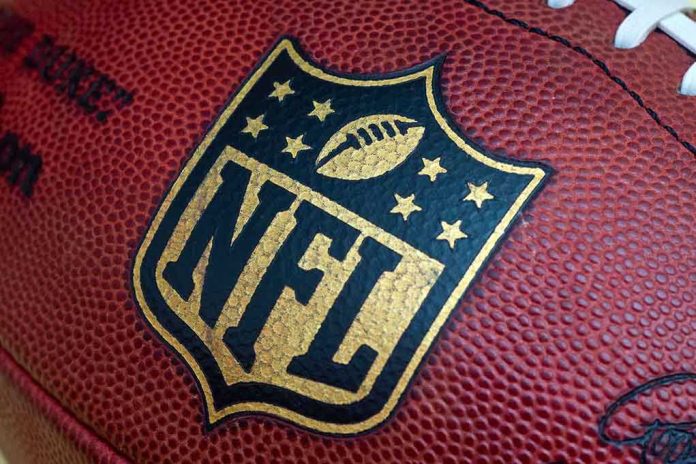
Brett Favre’s criticism of Bad Bunny as the Super Bowl 2026 halftime performer ignites debate over cultural fit and audience expectations.
Story Snapshot
- Brett Favre questions Bad Bunny’s selection for the Super Bowl 2026 halftime show.
- The debate highlights cultural and generational divides among NFL audiences.
- Criticism focuses on the NFL’s entertainment strategy and cultural representation.
- Favre’s comments resonate with fans favoring traditional entertainment choices.
Brett Favre’s Perspective on Halftime Entertainment
Former NFL quarterback Brett Favre has sparked a heated controversy by publicly criticizing the NFL’s reported decision to select Puerto Rican artist Bad Bunny for the Super Bowl 2026 halftime show.
Favre’s comments, widely shared across media platforms, emphasize concerns about cultural fit and audience appeal, reflecting a broader conversation about the NFL’s approach to halftime entertainment.
Favre’s critique taps into a significant debate over the cultural and generational divides that influence Super Bowl halftime show selections.
As a Hall of Fame quarterback, Favre’s opinions hold considerable sway among traditional football fans who question the shift toward more diverse and global acts. His comments underscore a preference for performances that align more closely with conventional or mainstream entertainment values.
The NFL’s Strategy for Cultural Relevance
The NFL’s selection of halftime performers has evolved significantly over the years, moving from marching bands to high-profile pop acts. This evolution aims to reflect broader cultural trends and capture a wide-ranging audience.
The inclusion of artists like Bad Bunny, a prominent figure in reggaeton and Latin trap, marks the NFL’s efforts to embrace diversity and appeal to various demographic segments globally.
However, these choices often spark debate among fans and commentators, reflecting tensions between tradition and innovation. The NFL’s decision-making process balances commercial interests with cultural representation, attempting to maintain the show’s popularity while addressing criticisms related to diversity and audience expectations.
Implications of the Halftime Show Controversy
The ongoing debate over Bad Bunny’s potential performance at the Super Bowl 2026 halftime show highlights the significant impact of cultural representation in major sporting events.
In the short term, it has fueled media attention and polarized opinions among fans. Long-term implications could include shifts in the NFL’s approach to entertainment, influencing future performer selections and audience demographics.
Sources:
Super Bowl Halftime Show Most Controversial All-Time
Evolution of Super Bowl Halftime Shows
Super Bowl Halftime Show Controversial Moments












